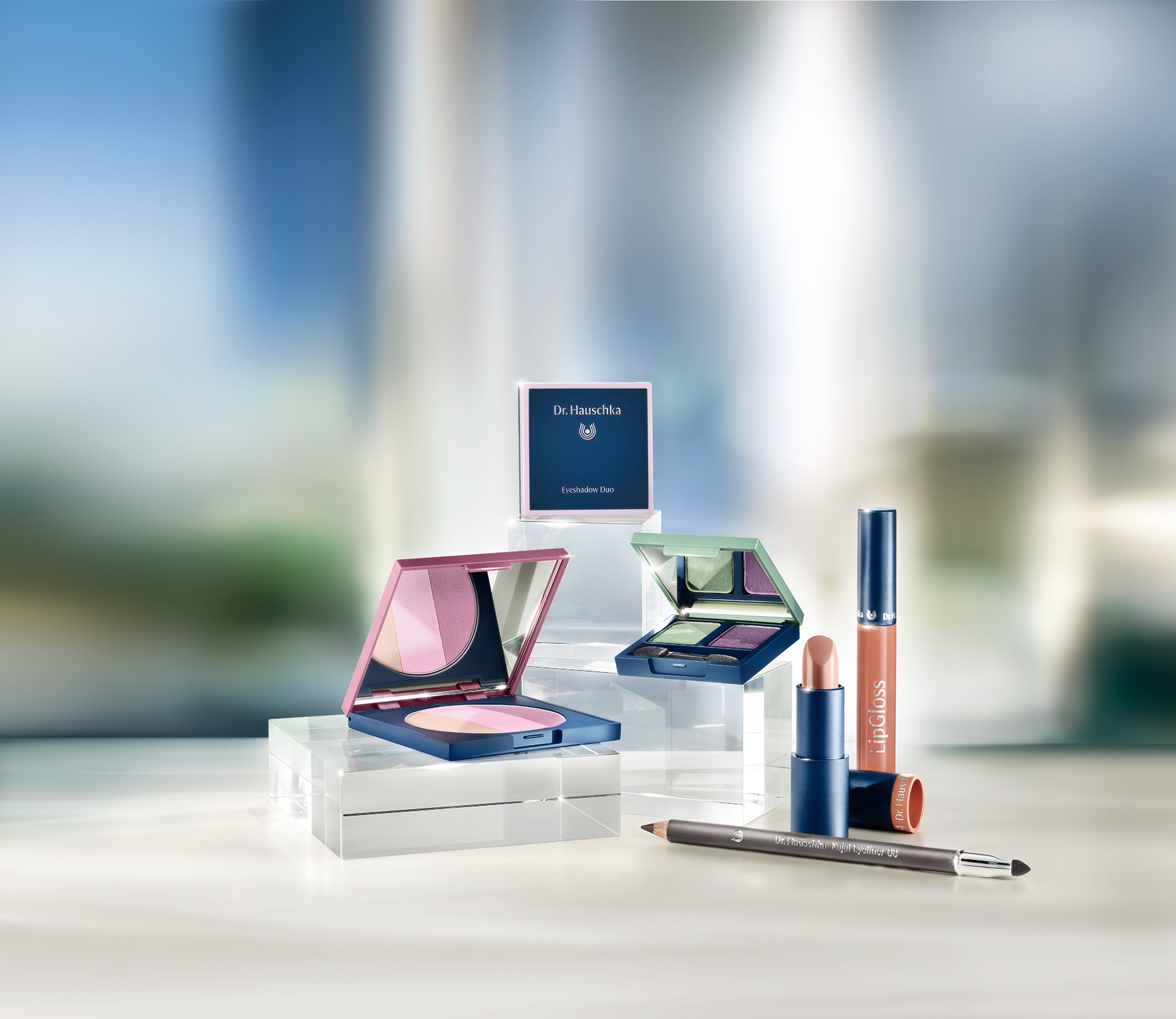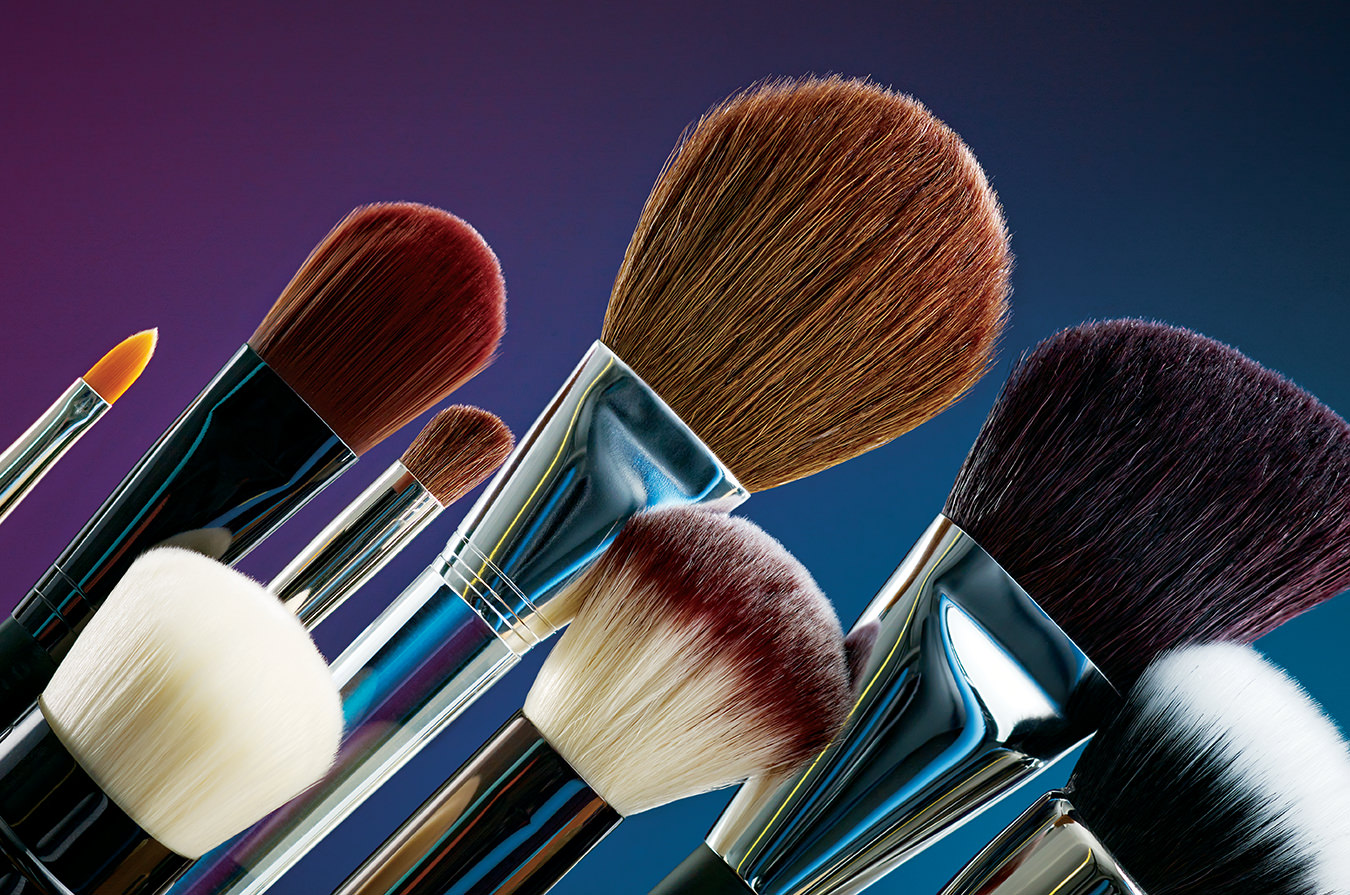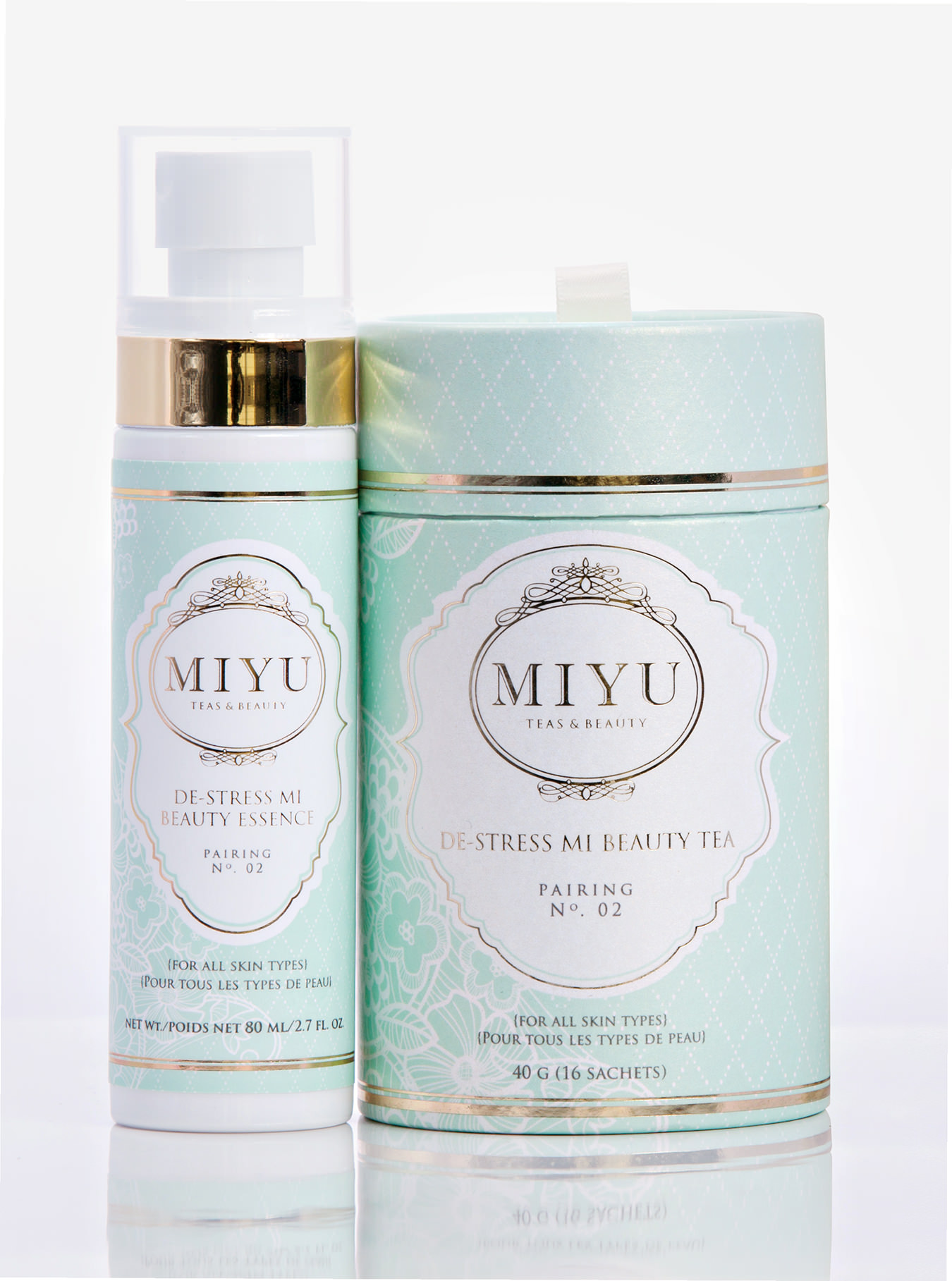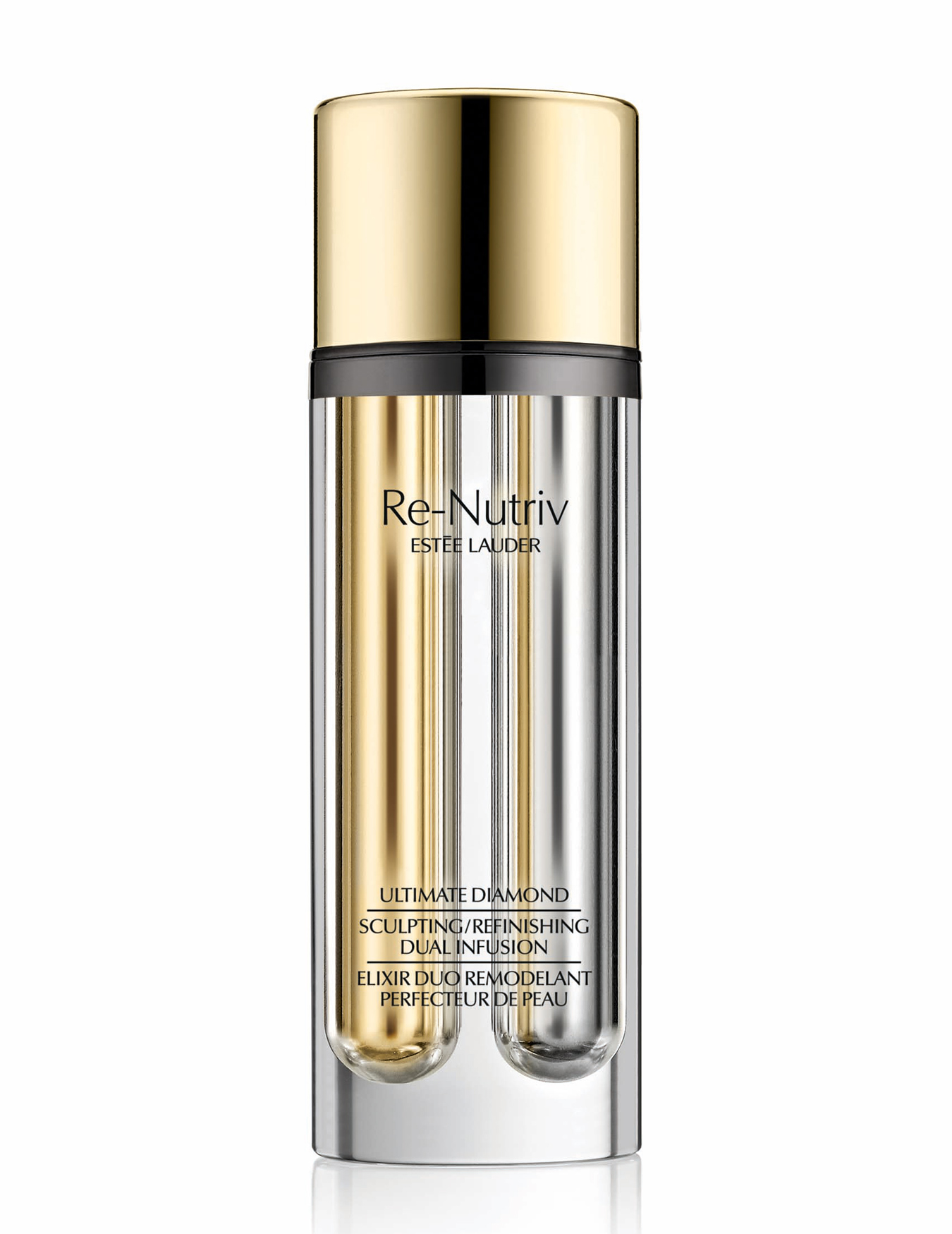How Dyson Designed Its New Hair Dryer
Dry goods.
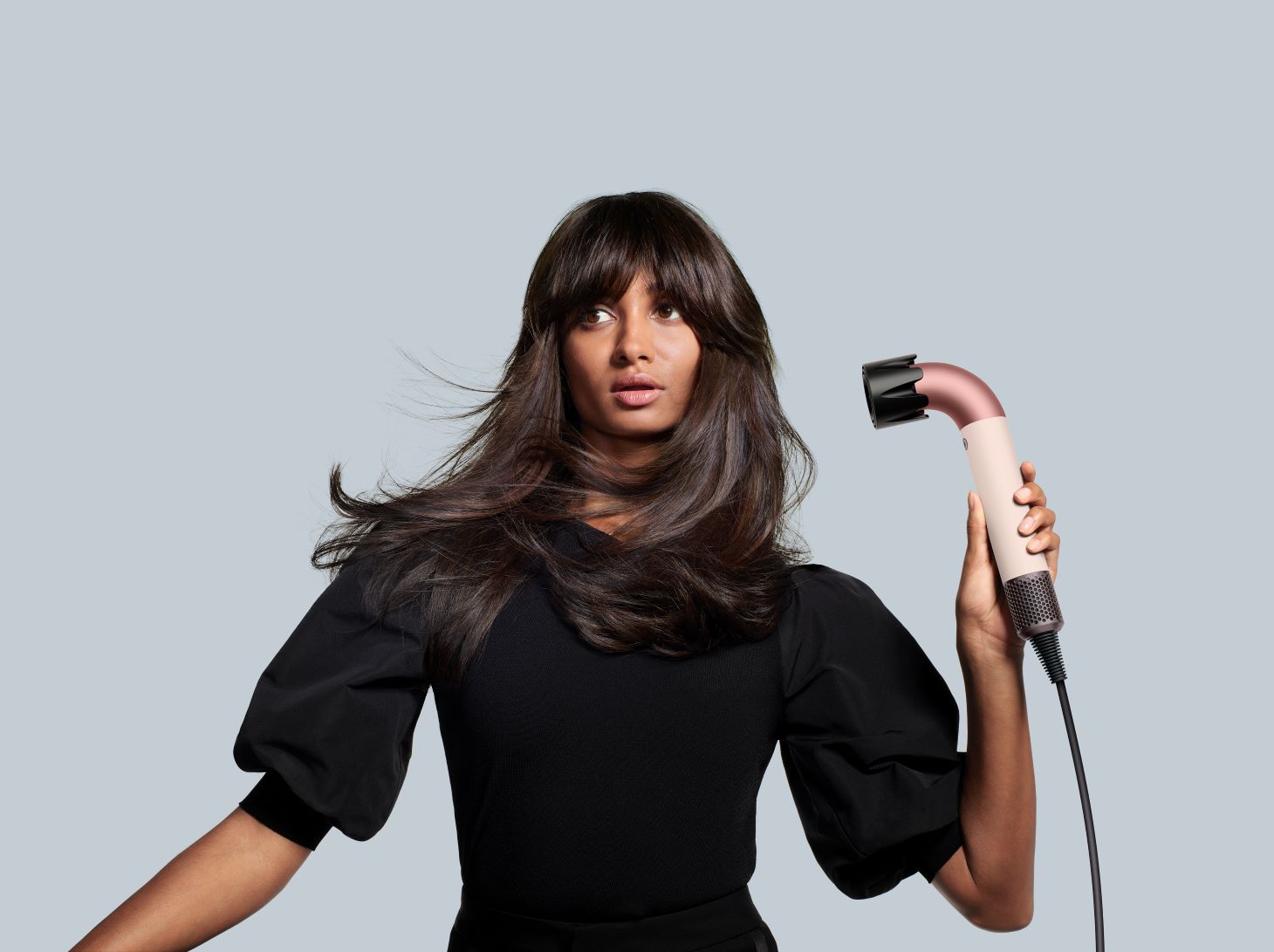
It’s always fascinating when a brand that has created the ultimate example of something decides to take another look. If you’ve already invented the best possible item in your category and it’s selling bucketloads, why not just sit back and watch the money roll in? Case in point: the Dyson Supersonic, the hair dryer that was launched in 2016 and was lighter, quieter, more powerful, gentler, and faster-drying than any other model on the market. Then last year, Dyson quietly launched the Supersonic r (called “r” because of its shape), to hairstyling pros only. Now, it’s available everywhere. How—and why—did it get made?
“As engineers, we’re never satisfied. As early as the Supersonic hair dryer launched in 2016, we knew we wanted to improve further—and sketched the optimal shape of Supersonic r,” says Katherine Magowan, a category development engineer for the brand.
The team spoke to over 690 hairdressers to understand exactly what they needed. What they learned: stylists typically see between four and 16 clients a day, spending up to an hour styling per client and adjusting their angle up to 30 times. That can lead to an increased risk of serious conditions like carpal tunnel syndrome or just plain old achy arms. The team’s mission came into focus: make something even smaller, lighter, more powerful, and more precise than the original. And they did it—the new hair dryer is 30 per cent smaller and 20 per cent lighter than the original, weighing in at a shade over 300 grams, or around the weight of a can of pop.
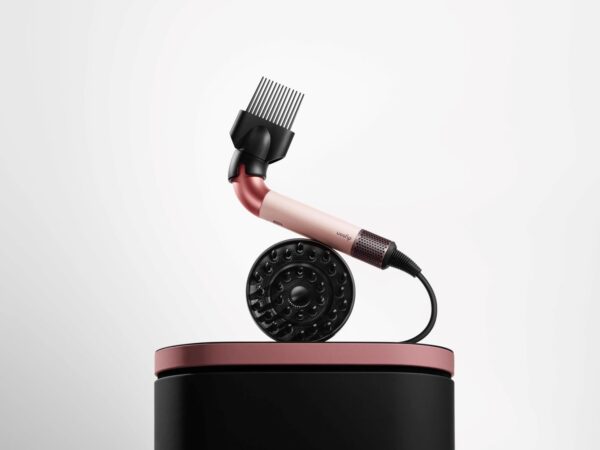
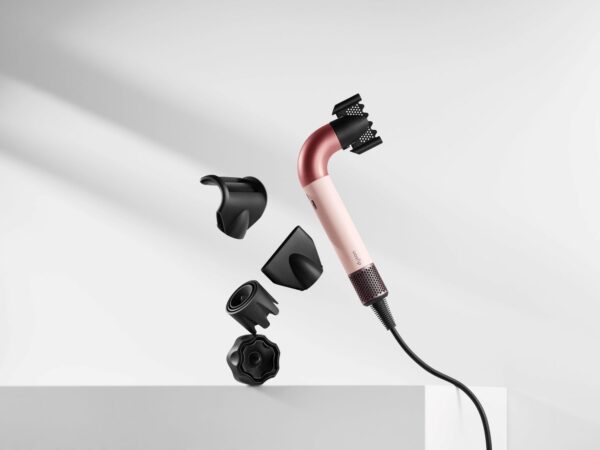
The most difficult part of the design process was creating a heater that could deliver the same performance as the original Supersonic, but in a smaller space and a different shape, without getting overheated. The team did this by adding heat sensors that automatically shut off the machine if the air around them gets above a certain temperature. The hair dryer’s attachments also have sensors that communicate with the body of the machine, adjusting the motor and heater for the best air flow and temperature. The R shape makes the machine more manoeuvrable, and its buttons are easy to access.
The materials used to make the Supersonic r must be carefully chosen. “The resin used can affect colour, or the texture on the tool can determine draft angles,” says Amelia Ayerst, Dyson’s colour, material, and finish beauty lead. Even the colour has a function. “To simplify a machine’s complexity, colour is used to highlight the technology and draw attention to where there’s interaction with the machine,” she explains. “For example, the Ceramic Pink Supersonic r edition is inspired by pearls. When observing pearls, three aspects of their colours become apparent: the body colour, the overtone, and the orient or the sheen of a pearl. The body of the machine features a soft pale pink hue with a ceramic finish. To complement this, a deep rose shade is also incorporated.”

Materials, finishes, and textures are also selected to tie in with the Dyson brand as a whole. “In line with our performance-based engineering approach, we choose materials, finishes, and textures that are often associated with heavy engineering, industrial facilities, aeronautics, and architectural infrastructure,” Ayerst says. “The way we use colour, materials, and the finishes helps ensure our machines reflect the highest possible standards of engineering, with the lowest possible tolerances.”
Professional hair stylists have been involved with the development of the new dryer at every stage. Matthew Collins, the brand’s global styling ambassador, participated in reviews with engineers for five years and describes it as “the best blowdryer I have ever used.” And pros gave it a real-life test at Paris Fashion Week last year, with stylist Gary Gill describing it as “visually astonishing, even strange. But I like it. I felt like it could never work, but it’s the complete opposite.”
So has Dyson done it—is this the sine qua non of hair dryers, never to be bested? Somehow, we doubt this team will be satisfied. Chances are, we’ll see you back here in seven or eight years with an even more super Supersonic.

